CMfromIL
No longer a newbie, moving up!
- Joined
- Oct 11, 2011
- Messages
- 710
- Reaction score
- 132
- Location
- Illinois
- Can others edit my Photos
- Photos OK to edit
At the park trying for some action pictures with the ducks. Mainly managed to get the background in great focus...the ducks taking off and landing, not so much!
Here are some that were at least salvageable. I need more practice. Any comments for this novice shooter are much appreciated.
I need to crop the garbage out of the top, but I like the duck landing.

I like the flying ducks and the swimming duck together.


Not sure what kind of duck is in the middle, but I really liked his colors:

This little guy was quite ticked that I was walking by 'his' tree!

Thanks for looking.
Here are some that were at least salvageable. I need more practice. Any comments for this novice shooter are much appreciated.
I need to crop the garbage out of the top, but I like the duck landing.

I like the flying ducks and the swimming duck together.


Not sure what kind of duck is in the middle, but I really liked his colors:

This little guy was quite ticked that I was walking by 'his' tree!

Thanks for looking.


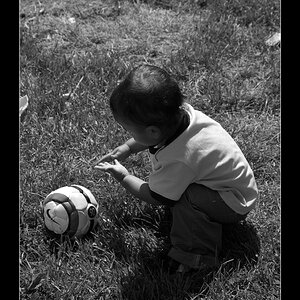
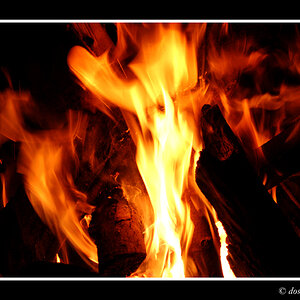
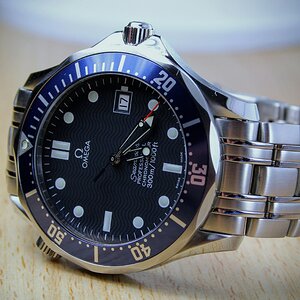
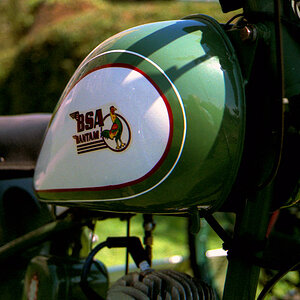

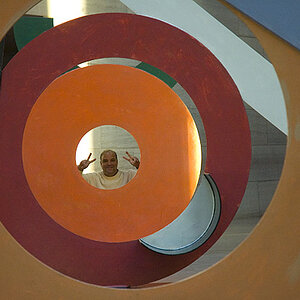
![[No title]](/data/xfmg/thumbnail/31/31704-42c2fcbcc4b6ba8c2c5ae54202cad6ec.jpg?1619734963)
![[No title]](/data/xfmg/thumbnail/35/35931-5e10675f3f7d827bc7ae4689f16bda8a.jpg?1619737234)
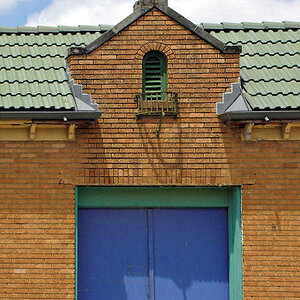

![[No title]](/data/xfmg/thumbnail/34/34695-42e00aba923f9e1fb7d814399a63ad68.jpg?1619736606)